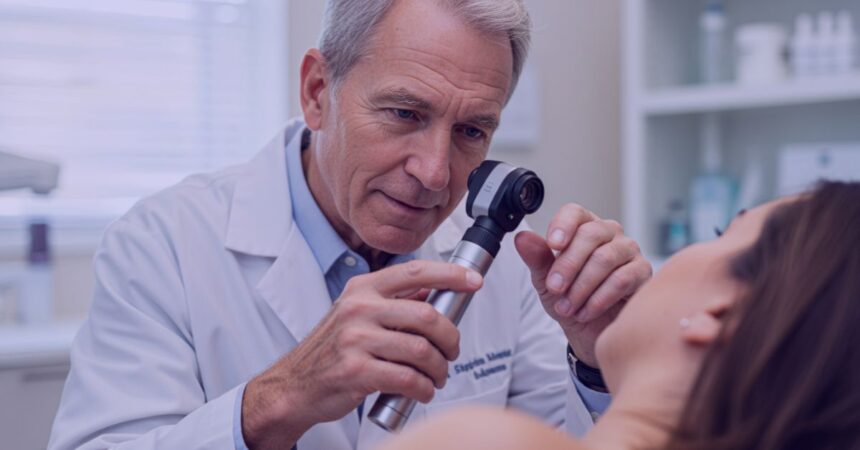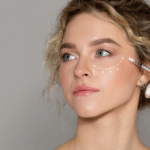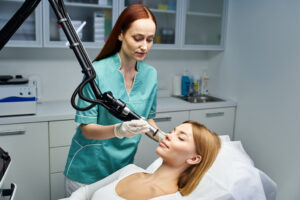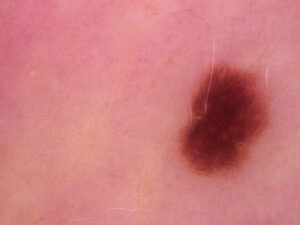Skin checks are an essential part of preventive healthcare. Just like routine dental or eye exams, regular visits to a dermatologist can help detect skin issues early—especially those that might not cause symptoms right away, such as skin cancer. Knowing when to schedule a skin check can be the key to early treatment and better long-term skin health.
Annual Skin Exams for Everyone
Even if you don’t have any visible skin concerns, dermatologists recommend a full-body skin check at least once a year. This is especially important for:
- Adults over age 30
- People with fair skin or light eyes
- Those who spend a lot of time in the sun
- Anyone with a family history of skin cancer
These annual exams allow dermatologists to spot suspicious moles, discolorations, or growths early—before they become serious problems.
After Noticing Changes in Moles
Any change in a mole is a reason to visit a dermatologist promptly. You should watch for:
- Asymmetry (one half of the mole doesn’t match the other)
- Border irregularity
- Color variation
- Diameter larger than 6mm
- Evolving shape, size, or color
These are warning signs of melanoma, a dangerous form of skin cancer. Early detection can save your life.
If You Have a History of Skin Cancer
If you’ve previously had:
- Melanoma
- Basal cell carcinoma
- Squamous cell carcinoma
…you should schedule skin checks more frequently—every 3 to 6 months depending on your dermatologist’s advice. Regular monitoring is essential to catch recurrences or new cancers quickly.
After Severe Sunburns or High UV Exposure
People who have experienced multiple sunburns—especially in childhood—or who have a history of tanning bed use are at higher risk for skin cancer. Dermatologists can examine sun-exposed areas and recommend protective measures to reduce future damage.
If You Notice a New or Unusual Skin Growth
You should see a dermatologist if you notice:
- A lump that is growing
- A sore that doesn’t heal
- A patch that itches or bleeds
- A wart-like growth
Even if it seems small or painless, it’s important to get it checked early to rule out anything serious.
When You Have a Lot of Moles or Freckles
People with many moles or freckles may not be able to monitor all skin changes on their own. A dermatologist can:
- Map your moles
- Take photographs for comparison over time
- Identify subtle changes you might miss
This is especially useful for people with atypical or dysplastic moles.
If You Have a Weakened Immune System
Individuals with weakened immune systems due to illness, medication, or organ transplants are more prone to skin infections and cancers. Regular skin checks help detect issues early and allow for faster treatment.
During Pregnancy or Hormonal Changes
Pregnancy and hormonal shifts can lead to skin changes such as:
- Dark patches (melasma)
- New moles or freckles
- Skin tags or benign growths
While many changes are harmless, a dermatologist can confirm whether anything unusual needs attention.
If You Have a Suspicious Family History
If a close relative (parent, sibling) has had skin cancer, your risk increases. Dermatologists may recommend:
- Earlier screening
- More frequent visits
- Full-body skin photography
Genetic risk makes proactive monitoring especially important.
When You Have Chronic Skin Conditions
If you live with conditions like eczema, psoriasis, or rosacea, regular dermatologist visits are necessary. These checks:
- Monitor treatment effectiveness
- Catch complications early
- Adjust medications as needed
Managing these conditions under expert care improves quality of life and skin function.
Conclusion
Visiting a dermatologist for routine skin checks is not just for those with existing skin issues—it’s a proactive step in maintaining overall health. Whether you’re monitoring moles, have a history of sun exposure, or simply want peace of mind, scheduling regular exams can lead to early detection and effective treatment of potential skin problems. Your skin is your first line of defense—keep it protected with expert care.
FAQs
How often should I get a skin check?
At least once a year for most people; more frequently if you have risk factors like a history of skin cancer or lots of moles.
What happens during a skin check?
A dermatologist examines your entire body from scalp to soles using a dermatoscope to check for abnormal moles or growths.
Is a skin check painful?
No, it’s a non-invasive, visual exam. If needed, a biopsy may be taken, which is done under local anesthesia.
Can I do a skin check at home?
Yes, monthly self-checks are encouraged, but they don’t replace professional exams. Use a mirror and good lighting.
Should kids get skin checks too?
Yes, especially if they have many moles, fair skin, or a family history of skin cancer. Pediatric dermatologists can help.
















